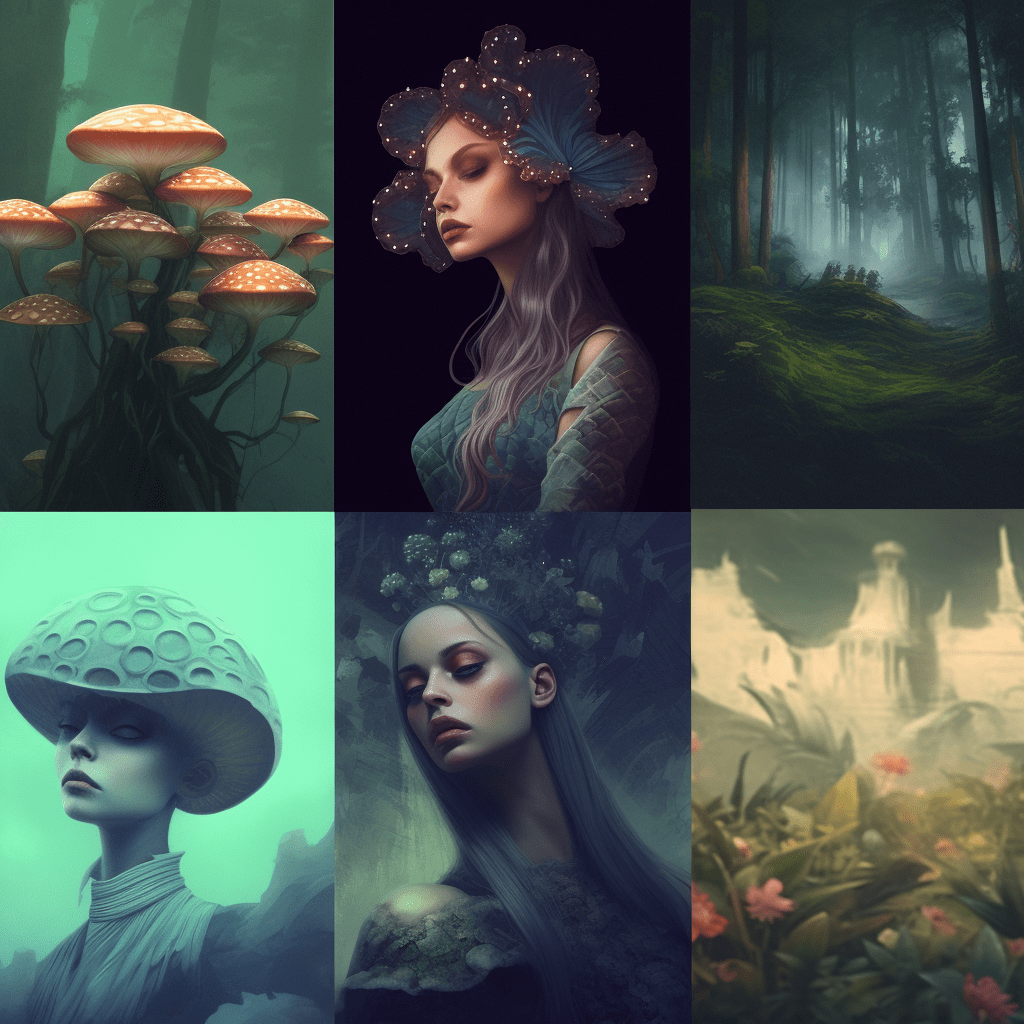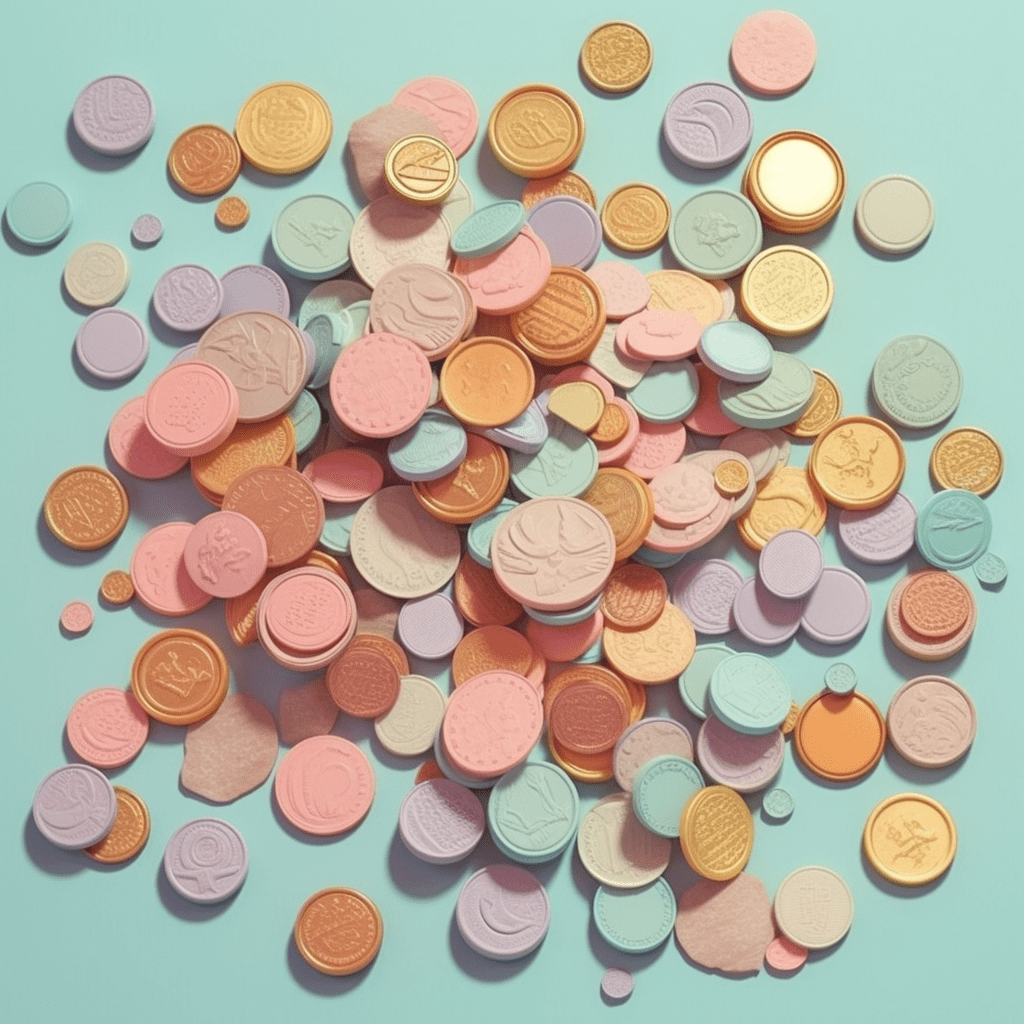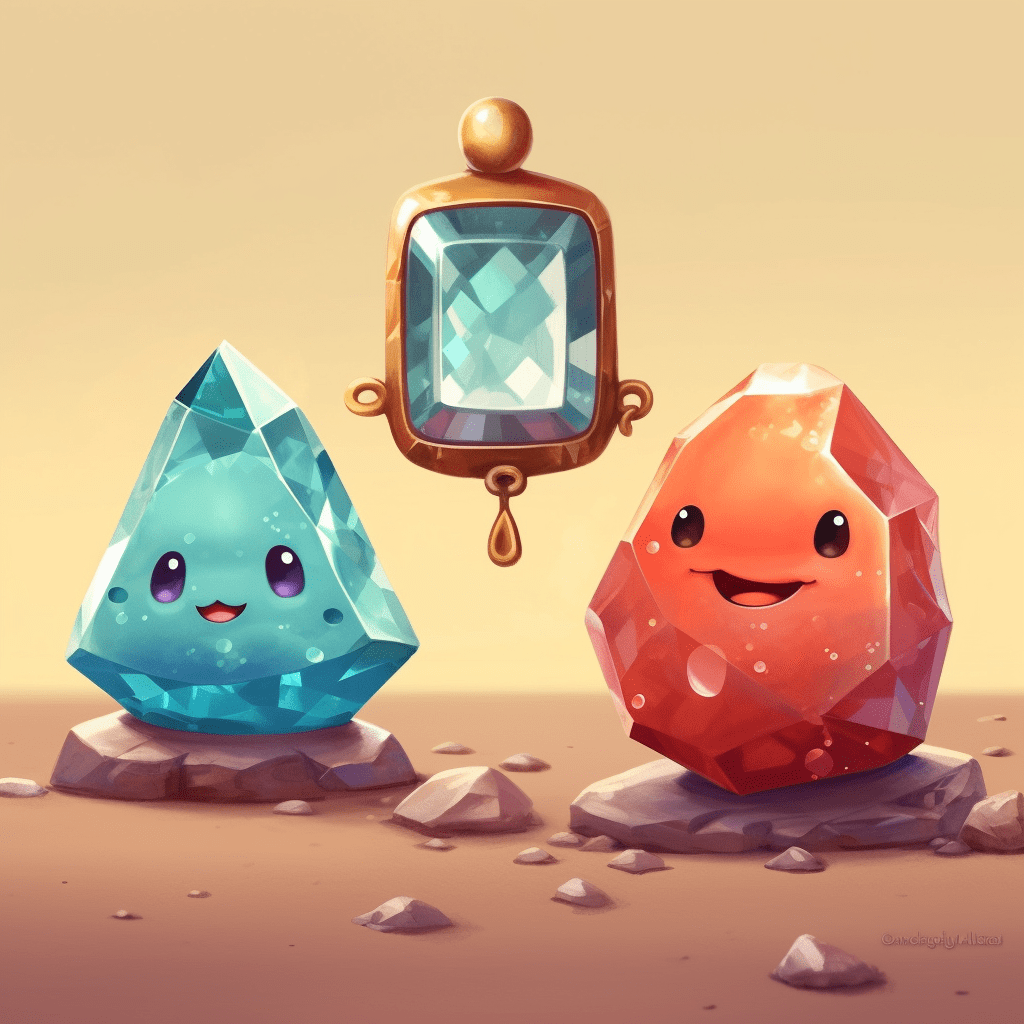With the explosive growth of non-fungible tokens (NFTs) and their applications across the digital landscape, many creators are seeking to generate NFTs for their unique digital assets. In this article, we’ll explore the essential steps and tools required to create and mint NFTs, empowering you to tokenize and showcase your digital art, collectibles, or virtual items in this innovative market.

Develop Your Creative Concept
The first stage in generating an NFT is brainstorming a compelling concept for your digital asset. Consider elements such as theme, style, and subject, as well as the target audience and market dynamics. The more unique and captivating your concept, the better your NFT’s chance of attracting interest and driving value in the competitive NFT marketplace.
Create Your Digital Asset
Once you have your concept, begin to create your digital asset using your preferred tools. This could be a digital painting, 3D model, animated visual, or any other digital work that emphasizes creativity and originality. Keep in mind that the quality and appeal of your digital asset directly impact the perceived value of your NFT.
Understand Blockchain Networks and Standards
Next, familiarize yourself with the different blockchain networks that support NFTs, such as Ethereum, Binance Smart Chain, and Flow. Understand the various token standards associated with each network, such as ERC-721 and ERC-1155 on Ethereum, and determine their compatibility with NFT marketplaces and other important factors like gas fees and transaction speeds.
Find the Right NFT Marketplace
Choose an NFT marketplace that supports your blockchain network and caters to your creative needs. Platforms like OpenSea, Rarible, and Foundation all provide tools for minting and trading NFTs on the Ethereum network. Other marketplaces specialize in specific networks or niches, such as NBA Top Shot for sports collectibles on the Flow blockchain.
Set Up a Compatible Digital Wallet

For a secure and convenient NFT management experience, set up a digital wallet compatible with your chosen blockchain network. Wallets like MetaMask for Ethereum or Trust Wallet for Binance Smart Chain allow you to store, send, and receive both cryptocurrencies and NFTs.
Mint and Tokenize Your Digital Asset
Once you have a digital wallet and have selected a marketplace, proceed to mint your NFT. Upload your digital asset to the platform and provide metadata, such as the asset’s title, description, and additional attributes. Metadata not only makes your NFT discoverable and informative but also influences its overall appeal and value to collectors.
Determine Pricing and Royalties
Set the price of your NFT, taking into consideration the market and the perceived value of your digital asset. You can either set a fixed price or utilize an auction format, which allows potential buyers to bid on your NFT. Consider implementing royalty fees that provide ongoing compensation each time your NFT is sold in the secondary market.
Promote and Market Your NFT
Generating your NFT is only the beginning; to draw attention to your unique digital asset, promote it effectively across various platforms. Share your NFT on social media channels, engage with the NFT community, participate in virtual showcases, and build relationships with other artists or collectors. A well-executed promotional strategy can increase the visibility of your NFT and market demand.
Consider Unique Features and Customization

Many NFT creators are pushing the boundaries by incorporating interactive elements, programmable features, or exclusive access to content and experiences associated with the NFT. Think about how you can add value to your digital asset through engaging and innovative features that set it apart from other NFTs in the marketplace.
Stay Informed and Engage with the NFT Community
As the NFT ecosystem evolves, it’s essential to stay informed about the latest trends, platforms, and advancements. Engaging with the NFT community, attending virtual events, and keeping up with industry news will help you adapt to changes and effectively navigate the world of NFT generation.
In conclusion, the process of generating NFTs can be both an enjoyable and rewarding experience. By following the steps outlined in this guide, you can confidently create unique digital assets, tokenize them as NFTs, and market them in the highly competitive digital art and collectibles space.
